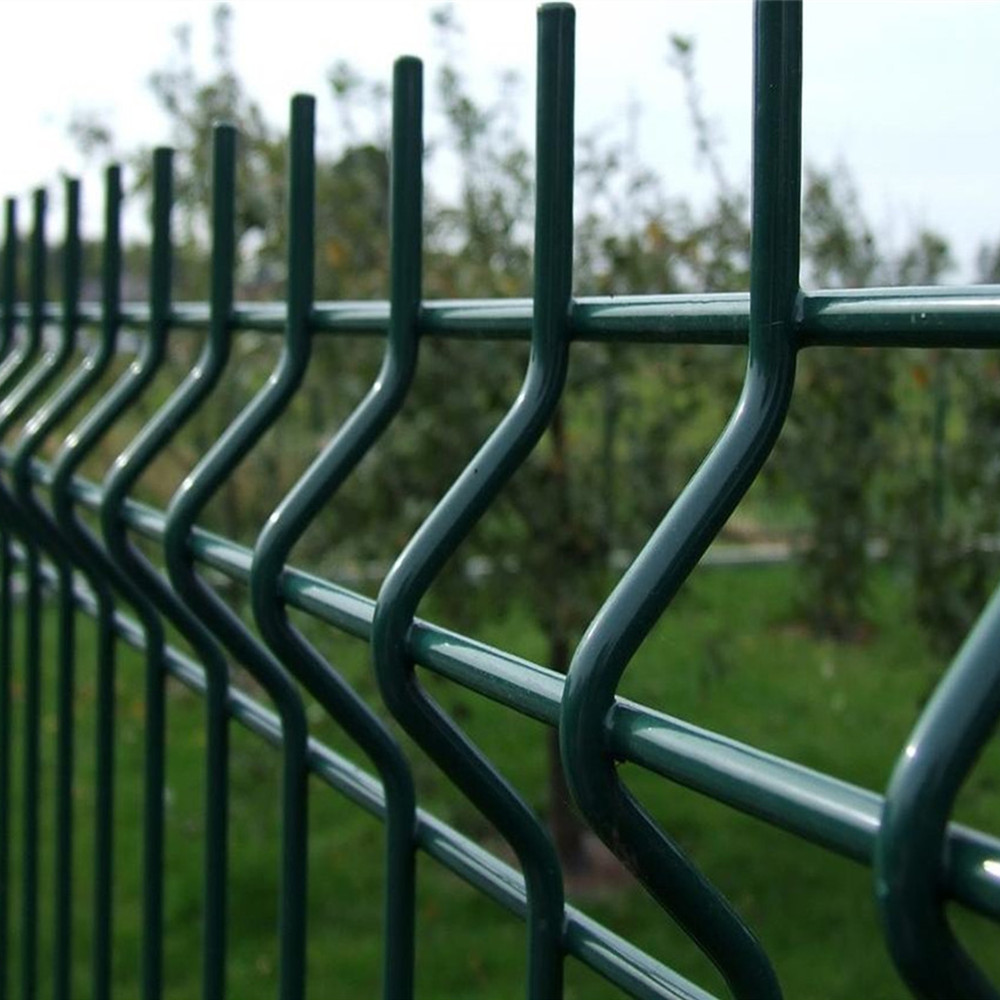8 月 . 15, 2024 09:24 Back to list
Competitive Pricing Options for Bar Grating from Leading Suppliers in the Market
Understanding Bar Grating Prices and Suppliers
Bar grating is an essential component in various industrial and architectural applications, providing solutions for safety, drainage, and access while supporting loads effectively. The pricing of bar grating can vary significantly based on several factors, including material, type, size, and supplier. This article explores these elements to help you better understand bar grating prices and what to consider when selecting a supplier.
Factors Influencing Bar Grating Prices
1. Material Type Bar gratings are commonly made from materials such as steel, aluminum, fiberglass, and stainless steel. Each material comes with its own set of properties that affect pricing. Steel gratings, for example, are generally more affordable and widely used in industrial settings. Aluminum is lighter and resistant to corrosion, making it suitable for outdoor applications, but it typically comes at a higher price point. Stainless steel, known for its durability and corrosion resistance, tends to be the most expensive option.
2. Type of Grating There are different types of bar gratings, including welded, press-locked, and swage-locked. Welded gratings, made by welding the cross bars to the bearing bars, are robust and commonly used in heavy-load scenarios. Press-locked gratings are easier to manufacture and can be less expensive, while swage-locked gratings provide a combination of strength and lightweight features, often at a premium price.
3. Size and Load Capacity The dimensions of the bar grating, including its thickness, width, and length, directly affect the cost. Larger gratings or those designed for higher load capacities will generally cost more. Custom sizes can also increase the overall price due to additional manufacturing processes.
4. Surface Finish The surface finish of bar gratings can impact both appearance and performance. Hot-dip galvanizing is a common method for steel gratings that enhances corrosion resistance, but it adds to the cost. Other finishes like powder coating or painting also play a role in the overall price.
5. Location and Logistics Delivery fees and supplier location can influence the total cost. Suppliers situated closer to your project location may offer better pricing due to lower shipping costs. Additionally, bulk purchases often lead to discounts, so considering the quantity required can be beneficial.
Selecting a Supplier
bar grating price supplier

When looking for a bar grating supplier, it’s crucial to evaluate their credentials and product range
. Here are some tips to help you make an informed decision1. Reputation Research suppliers with a strong reputation for quality and reliability. Online reviews, testimonials, and ratings can provide insight into customer satisfaction.
2. Product Range Choose a supplier that offers a wide variety of materials, types, and sizes. A supplier with a diverse inventory is likely to have the right solution for your specific needs.
3. Customization Options If you require custom bar grating, ensure that the supplier can accommodate your specifications. Discussing your project requirements with the supplier can help clarify their capabilities.
4. Pricing Transparency A reputable supplier will provide clear pricing information and be willing to break down costs for you. Ask for quotes from multiple suppliers to compare prices and terms effectively.
5. Customer Service Consider the level of customer support provided by the supplier. A good supplier should be responsive, knowledgeable, and willing to assist you throughout the purchasing process.
Conclusion
Understanding the pricing dynamics of bar grating and selecting the right supplier is crucial for the success of any project involving these materials. By considering the factors mentioned above, you can ensure that you receive the best value for your investment while meeting your specific project requirements. Whether you're working on an industrial site, a construction project, or in need of architectural features, choosing the appropriate bar grating and supplier can make all the difference.
-
Temporary Fence Base Products Durable & Reliable Manufacturer Solutions
NewsMay.30,2025
-
Best Africa Chicken Netting Hexagonal Wire Mesh Durable & Weatherproof
NewsMay.30,2025
-
Australian Temporary Fence Solutions Durable & Reliable Products
NewsMay.30,2025
-
Galvanized Steel Gabion Net & Trusted Gabion Factory Solutions High Durability
NewsMay.29,2025
-
Top-Rated Removable Fences Durable & Easy-Install Solutions
NewsMay.29,2025
-
Steel Expanded Metal Mesh Fence
NewsMar.07,2025



